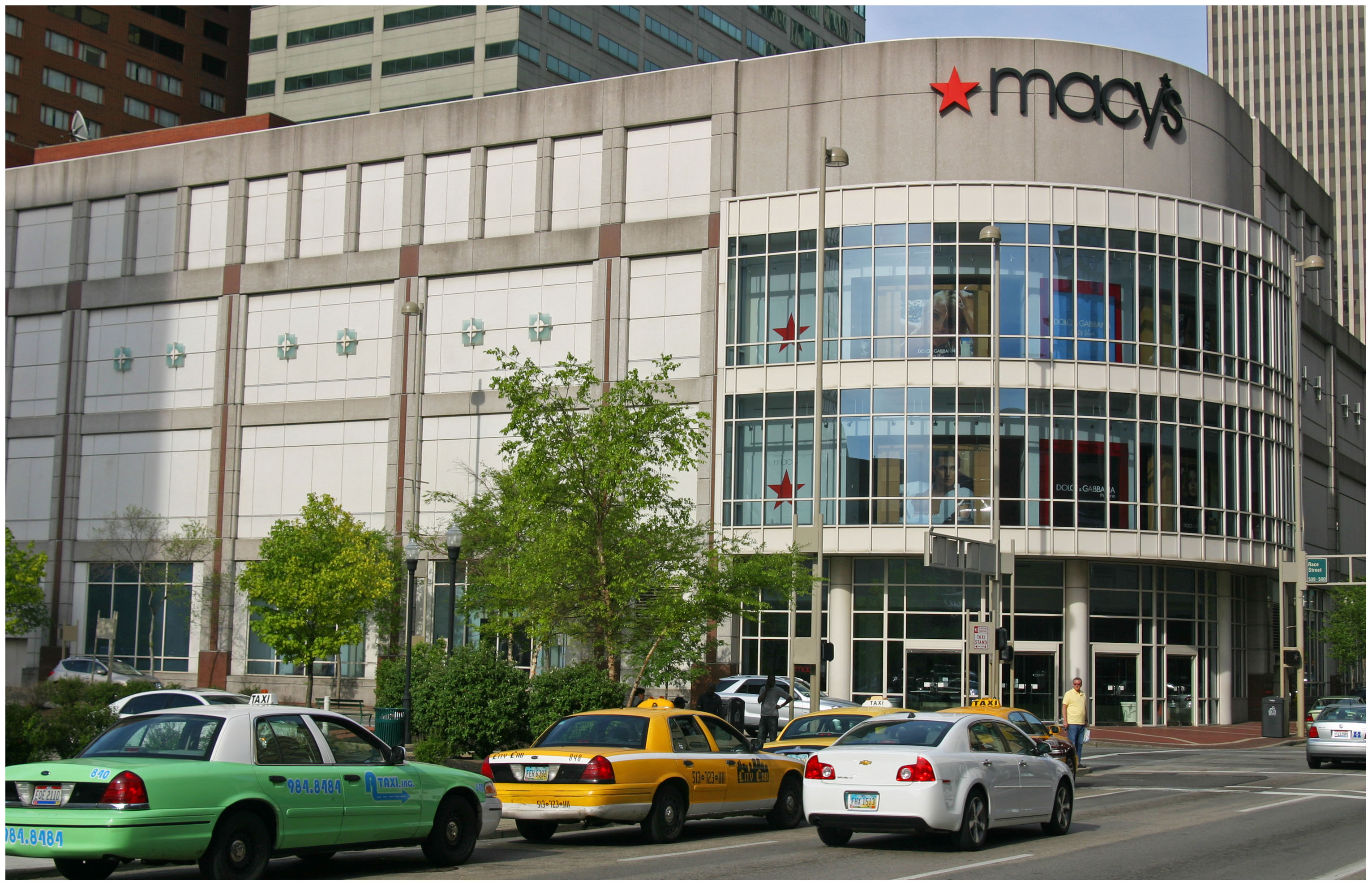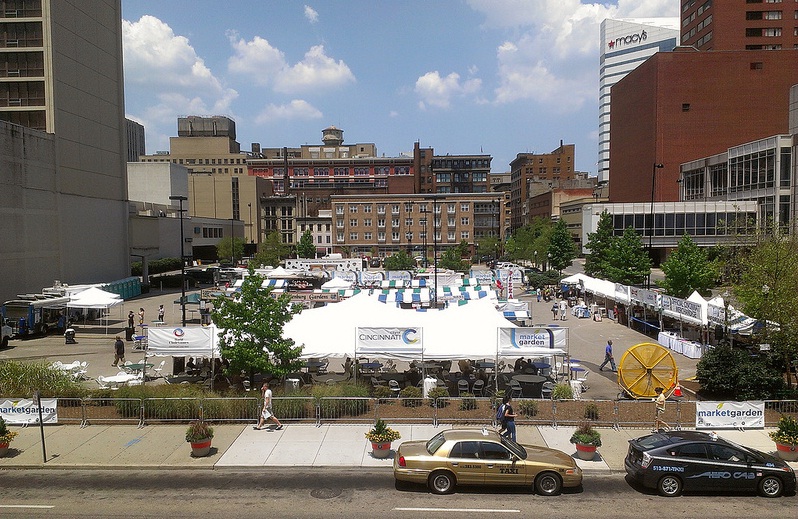What does the decline of the nuclear family mean for America’s cities?.
What has long been considered to be the traditional family household in America is changing. People are living longer, young individuals are putting off marriage, women are increasingly becoming dominant in the workforce, and same-sex couples are taking a more prominent role in our society. These changes mean a variety of things socially, but it also means that our types of housing are and need to continue to change. More from Urbanophile:
As affluent people who choose to remain childless remain in more urban areas, and those who choose to have kids live in suburban ones, we’ll have legitimate matters of interest driving them apart politically. In a piece called “Geographies in Conflict” I noted how different economic geographies in the same physical space is an inherent conflict. Red states and blue states don’t just have different political points of views. They increasingly do different things. If you are Texas and are in the business of energy, chemicals, logistics, and manufacturing, the things that you need to be successful are very different from a Silicon Valley or Manhattan, which specialize in ultra-high end, high value service industries. The conflicts are as much a product of legitimate self-interest as political philosophy.
I think we’ll see similar conflicts between the needs, wants, and desires of the childless urban population and those of the suburban families with kids. It’s kind of nice to do your shopping daily on foot or by bicycle at the local market and such when you don’t have three kids to buy for and haul around with you. Bloomberg’s proposed micro-apartments in New York are an example of a market designed to cater to singles, not families. It’s not a matter of one being good and another bad. It’s merely that singles (or childless married couples) and people with children have very different priorities and concerns in life.



